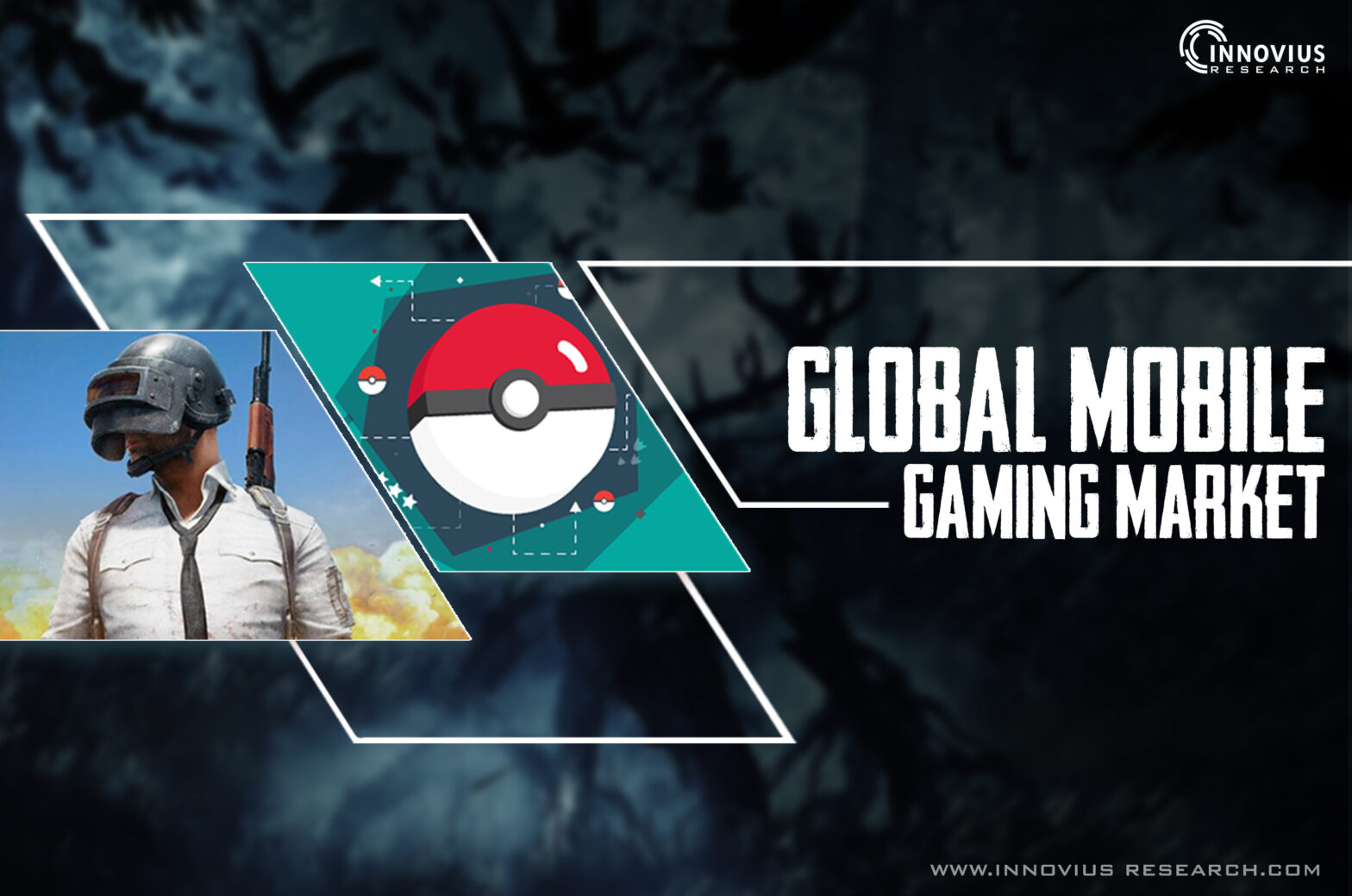
Global Mobile Gaming Market
The global mobile gaming market is witnessing an unprecedented growth in recent years. Games like PUBG Mobile, Pokemon Go, Candy Crush Saga and many others have engrossed smartphone users since the last three to four years and continue to garner hype and interest with their exciting, innovative and thoughtful gameplay. Companies having a high stake in the gaming industry have made large investments in mobile gaming. In 2018, Pokemon Go generated $1.3 billion in revenue, while Fortnite has amassed about 250 million players generating $2.4 billion, Nexon’s Dungeon Fighter Online generating $1.5 billion, League of Legends generating $1.4 billion and many more. It is no wonder hence that the global gaming market, estimated at $63.2 billion in 2018, will increase to approximately $91.2 billion in 2021.
As of 2019, China is at the top of the list of mobile gaming players, with a whopping 586 million players. The mobile gaming market in China is estimated at $21.4 billion alone with a user penetration rate of 30.5%. Tencent, Forgame and NetEase Games are a few mobile gaming companies dominating the Chinese marketplace. The second after China comes the USA with an estimated 210 million mobile gamers. With a higher user penetration rate of 55.5%, the US mobile gaming market is estimated valued at $9.7 billion, with companies Microsoft, Niantic, and Activision Blizzard being the top players. Globally, the mobile gaming scenery for the past few years has been predominated by a handful of companies.
1. Supercell, a Helsinki-based company rose to the limelight with Clash of Clans, and other popular games such as Clash Royale, Brawl Stars. With annual revenue of $2 billion, Supercell recently partnered with Burger King in September 2019 to promote Clash of Clans AR.
2. With games, such as PUBG Mobile, Arena of Valor, and Honor of Kings, Tencent Games is a leading world-class online game developer and operator. Acquiring a majority stake in Supercell costing $40 million, Tencent Games, with Qualcomm has recently announced their strategic cooperation for having comprehensive collaborations in the field of digital entertainment including cloud gaming, snapdragon elite gaming enhancements, and additional relevant technologies.
3. Building a state of the art planet-scale AR platform for current and future generations of AR hardware, Niantic’s real-world AR platform is designed to enable users to interact in shared worlds seamlessly blended with the real world. Popular Niantic AR games Pokemon Go and Harry Potter: Wizards Unite earnings are estimated at $110 million and $12 million respectively.
4. Best known for the global Angry Birds brand, Finnish games-first entertainment company Rovio acts as a brand licensor in various entertainment and consumer product categories. Recently, Rovio’s entertainment subsidiary Hatch Entertainment went into a strategic partnership with NTT DOCOMO, Inc. to bring the 5G gaming revolution to Japanese consumers in 2020.
There are however a few challenges and hurdles that the market is plagued with. The most significant challenge lies in the high cost of development. Stiff competition is another existing problem as new games are released almost every day; it is difficult for a new game to weaken the position held by already existing addictive games. Furthermore, mobile gaming users are always seeking a new gaming experience. Hence, developers have to make changes to their game to meet users’ demand, otherwise, they face the risk of losing users rapidly.
In hindsight, considering the current statistics of the mobile gaming market along with the existing challenges it faces, it can be safely concluded that the mobile gaming sector will evolve to become the largest revenue contributor in the global gaming industry in the next few years.
Check out More Articles related to Gaming.

